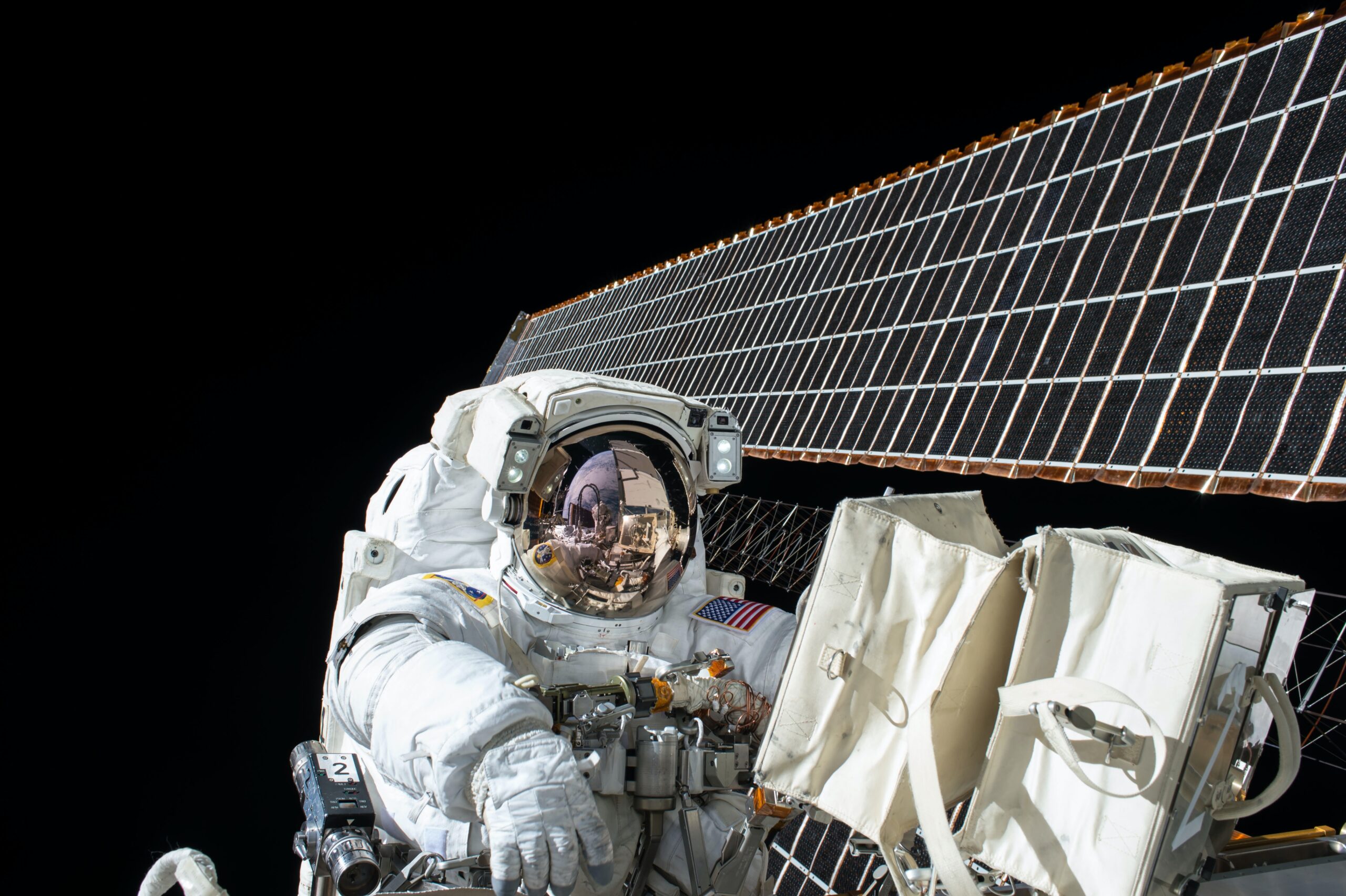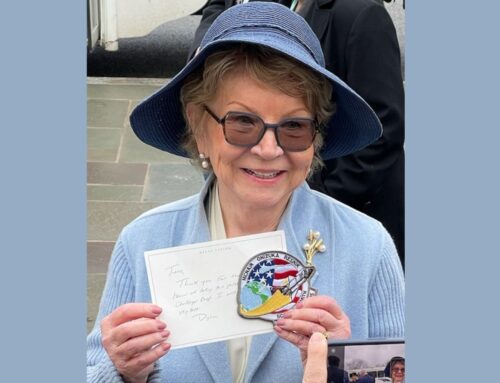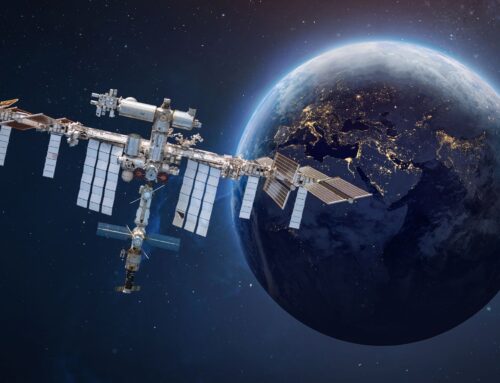Young girls and women are often left out of the science, technology, engineering, art and math (STEAM) fields, either because of under-resourced education systems or a lack of opportunities and encouragement for them in these areas. Offering STEAM exposure and empowering young girls to develop their skills and experiences in these fields can help them gain a world-class college education, opening the door to new career pathways and progress in these sectors.
While there continues to be an underrepresentation of women in STEAM, the awareness that young girls get limited opportunities is stimulating various organizations to become more proactive in their education. The She Can STEAM Camp focuses on helping girls gain access to the stars. Located at Washington DC’s National Air and Space Museum, the camp provides 90 underrepresented middle school girls from Maryland, Virginia and the capital with a unique introduction into the science of flight and offering insights into the diverse world of STEAM and careers in aviation.
Barbara Gruber, the designer of the free STEAM camp for girls, says, “Our museum inspires them. And we wanted to take the opportunity, if they really liked space, to introduce them to careers in STEAM.”
The two-week camp affords opportunities only found at the camp and may even act as a great guideline for training camps across the nation:
Learning to Fly
Moving above the ground can be an intimidating experience for newcomers, but giving young girls the opportunity to see how operating an aircraft is like in reality can spark their inspiration and goals. Participants take part in a multitude of aviation activities like hands-on flight instruction or hands-on, FAA-certified simulations.
A 30-minute discovery flight with a licensed aviator, in partnership with a local flight school, helps students identify the ups and downs of piloting an aircraft. On the flight, each of the campers learns how to takeoff, gently adjust joysticks and how to fly the landing pattern as they approach the runway and safely land on the ground. The program also actively guides these girls to complete the criteria necessary to finish the “pilot” program as they keep a pilot’s log of their experiences. What’s more, the camp offers projects where the girls can build and fly their own DIY drones, practicing pitch and yaw on these flight simulations.
Career Exploration
Among the career inspiration the camp provides, Barbara Gruber used the camp’s close proximity to several of these aviation-related facilities to arrange field trips. Students visit air traffic control facilities like Dulles Tower, Potomac TRACON and the Air Traffic Control Center to get a first-hand insight into the facilities they could work in on a daily basis. They also explore an aircraft mechanical school where they discover what it’s like to take care of and improve aircraft systems. Of note, students can speak to experts in the commercial airspace and cyber security communities.
Launching into STEAM
Perhaps one of the most thrilling parts of the camp experience is an aerodynamics test in two indoor skydiving areas. Students, along with a supervisor, learn how to maneuver their bodies at high wind speeds.
The program also builds upon a full-rounded education, offering daily design challenges that help engineers earn more practice. One of the campers’ first assignments was to create and design a capsule that would protect astronauts during re-entry. An egg represented the payload, and re-entry was a 7-meter drop to a concrete floor in the annex basement. However, the engineering constraints were real. The goal was to complete the project in 30 minutes with a hypothetical budget that they couldn’t exceed. In a couple groups, the girls learn how to make quick and crucial decisions, like what materials would offer the most protection or what would be the most cost-efficient way to parachute the egg. Last year, a high-altitude weather balloon activity was added to the camp’s lineup.
Building Confidence
The camp builds upon the ingenuity and passion of these students, encouraging them to develop the skills and qualities that make them passionate about the career path.
As part of the camp’s curriculum, students can track progress and capture milestones, work together to solve real-world problems, and connect with museum staff and female aviation professionals to build lifelong relationships and mentorship opportunities.
As these young girls explore their interest in STEM, more opportunities like these can fuel a revolution in how young girls think about engineering and ultimately space travel. Eventually humans will go to the Red Planet, and like the brilliance and the ingenuity of Katherine Johnson, Mae Jemison or Sally Ride before them, we will need the perspective and talent of outstanding women to help get us there.






